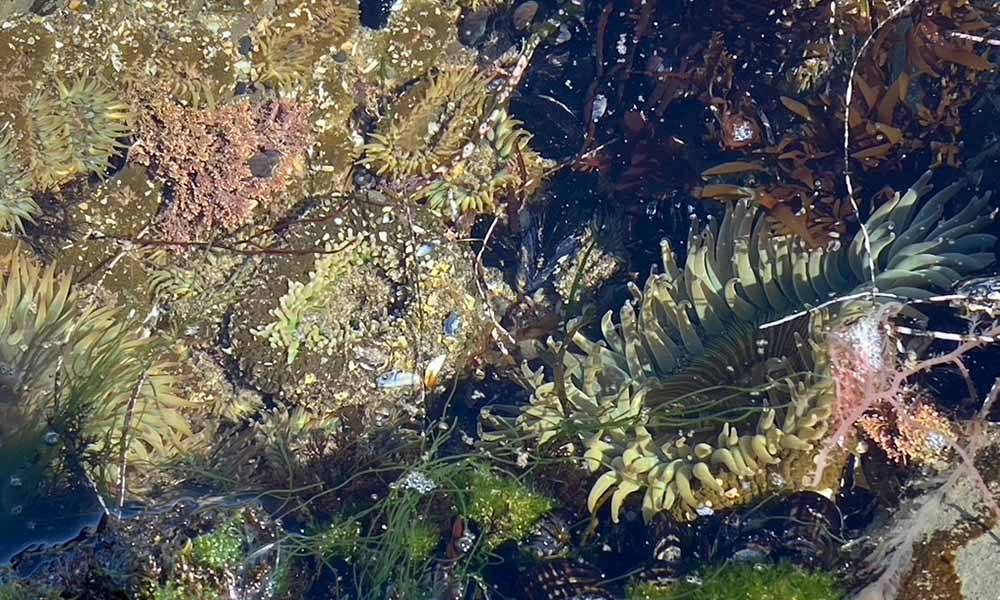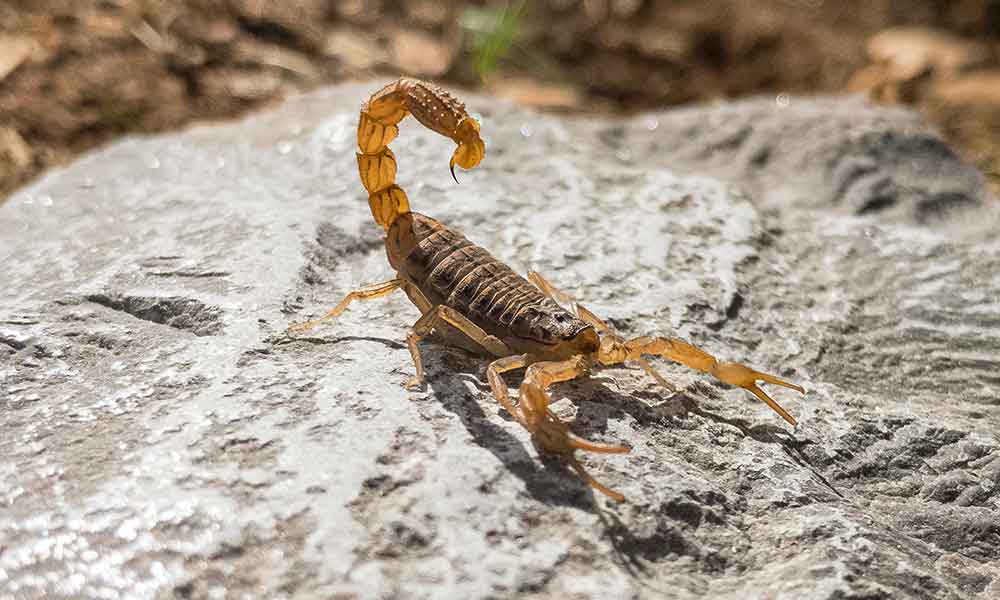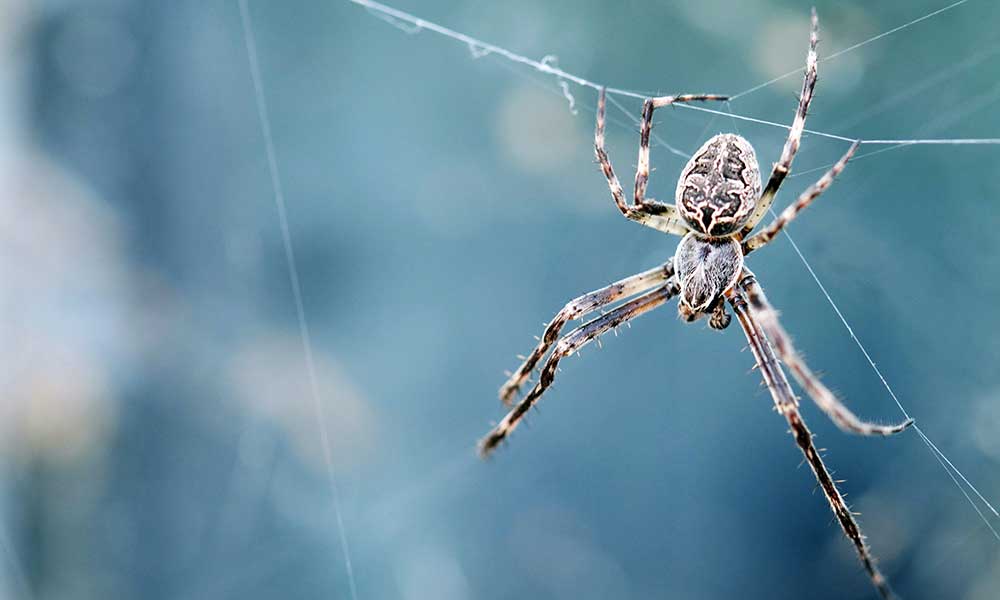Tide pools are small pockets of water that form in intertidal zones. Also known as rock pools, they typically exist at low tide and provide a home for many animals.
What is a Tide Pool?
Tide pools form where the sea meets the land, usually in rocky areas where rocks have eroded to create depressions. When the tide is high, these areas are flooded with water along with the rest of the intertidal area. When the tide goes out, the water in these depressed areas is trapped, creating pools that are separate from the main body of water.
Species of marine animals and plants thrive in these tide pools.
Why Are They Important?
Many invertebrates call tide pools home and they have their own eco-systems. They are considered to be a vital area of research for marine biologists and they also provide protection, food, and safe habitats for many marine animals.
What Animals Live in Tide Pools?
Tide pool ecosystems are diverse and include a myriad of invertebrates, as well as a few species of vertebrates.
Tide pool inhabitants vary by location, by they typically include:
- Sea Anemones: These colorful predatory creatures are related to jellyfish and corals.
- Barnacles: An arthropod related to lobsters and crabs, barnacles live in shallow waters and there are thought to be around 1,000 different species.
- Sea Urchins: A common inhabitant of tide pools. Sea urchins are in the same family as starfish.
- Crabs: There are many species of crabs and they vary greatly in size.
- Chitons: Chitons are mollusks with hard shells that thrive in rocky intertidal areas.
- Limpets: A type of aquatic snail that has strong feet muscles, allowing them to stick to the rocks in tide pools.
- Moon Jelly: A type of jellyfish named for its translucent “moon” bell.
- Sea Stars: A star-shaped invertebrate also known as “starfish”.
What is the Best Time to Visit Tide Pools?
You can only see tide pools at low tide. The water recedes and isn’t able to drown out of the tidal pools, leaving a beautiful little habitat for a host of marine life.
Tide Pools In the United States
The west coast of the United States has some of the best tide pools in the world, but you can find them anywhere you find rocky and sandy beaches and eroded rocks. The more erosion there is, the bigger and better those rock pools will be.
To help you find the best tide pools in the United States, check out the options below, which cover some of the best tide pools in the US.
Tide Pools in Northern California
There is a wealth of sea life to discover across the Golden State’s northern beaches. Head for shallow pools in the following regions to see the best that this area has to offer.
Tide Pools San Francisco
Agate County Park is one of the best spots to find tide pools in all of California. It is home to the massive Duxbury Reef which exposes all of its amazing secrets during low tides.
Fitzgerald Marine Reserve is another option. Both of these locations are less than a 30-minute drive from San Francisco, so while they’re not in the city itself, you don’t have very far to travel.
Other options near San Fran include:
- Seal Cove Beach
- Pillar Point
- Redondo Beach
- Pescadaero State Beach
- Cowell Ranch Beach
Santa Cruz Tide Pools
In the north end of Santa Cruz, you’ll find Natural Bridges State Beach, home to some diverse and beautiful tide pools. They offer tours all year round and there is a visitor center packed with information about the area.
Santa Maria’s is another must see, with tide pools that include all the usual suspects, as well as the occasional octopus. Pleasure Point and Wilder Ranch State Park also have some options for creature spotters in Santa Cruz.
Santa Barbara Tide Pools
Santa Barbara is not short on beautiful oceanfront property and there are plenty of beautiful beaches to discover. When you’re not staring out over the horizon and admiring the view, turn your eyes downward and scan the rock pools.
Tide pooling is at its most popular at North Rincon Beach, also known as Bates Beach. You’ll find dozens of pools at low tide and if you’re willing to get in close and overturn a few rocks, you might see some octopi or crabs scurrying away.
The Coronado Butterfly Preserve offers some majestic sights inside and outside of the water, with diverse tide pools below and butterflies above.
Sonoma County Tide Pools
Sea stars, sea anemones, crabs, and other colorful creatures are plentiful in the tide pools around Sonoma County.
The 6,000-acre Salt Point State Park is the biggest and best place to explore, and if you visit from April through to October, you can drop into the visitor center and learn more about the local marine life.
The Sonoma Coast State Park has plenty to see in the summer and if you drop by Schoolhouse Beach and Pinnacle Gulch at Bodega Bay, you may be offered a more secluded experience.
San Diego Tide Pools
If you’re planning some tide pool exploration in San Diego, March is the best month. Head for one of the following San Diego tide pools during low tide:
La Jolla Tide Pools
La Jolla is a must-see when you find yourself in San Diego County. There are great restaurants, beautiful sights, and a general relaxed and open atmosphere that makes it an ideal location for all of the family.
When you have finished playing the tourist, head for the Dike Rock Tide Pools, which are located north of Scripps Pier.
Cabrillo National Monument Tide Pools
At the southern end of this popular attraction, there are numerous depressions filled with fish, chiton, and plant life. It’s a hotspot for fascinating tide pools and an ideal place to explore the sea life found within them.
Garbage Beach at the Sunset Cliffs National Park
Descend the steep sandstone cliffs to Garbage Beach and keep your eyes peeled for the pools. You will often find lots of little crabs, anemones, and fish living in these areas.
Swami’s State Beach, Encinitas
A popular location among surfers, Swami’s also has a few tide pools. Just head north of the stairs, and if you’re a surfer, be sure to bring your board along. After a day of trawling through the tide pools you can watch the sun set over the horizon and then surf in the dying light.
Preuss Tide Pool Plaza at Birch Aquarium
The Preuss Tide Pool Plaza is a shallow pool filled with lobsters, crabs, anemones, abalone, and other marine life. There are guided tours of the beaches and attractions that all of the family can enjoy.
Orange County
The OC is known for its beautiful beaches. There is no shortage of golden sands and prime sunbathing spots. The creature seekers among you will also have some fun digging through the tide pools and underneath the rocks, discovering a hidden world of plant and marine life.
Laguna Beach Tide Pools
Laguna Beach is one of the hottest coastal destinations in Southern California, so if you’re visiting during peak tourist season, there’s a good chance you won’t be alone. But don’t worry, as there are plenty of tide pools to go around.
Shaw’s Cove is a popular spot with the locals who head here for snorkeling, diving, and tide pooling. There are lots of little creatures in the tide pools and if you venture into the open water, you could even encounter some sharks!
Crescent Bay is another option, and one with lots of rocky areas that are perfect for tide pool formation. Most of the area is closed off during high tide, but if you venture there when the tide is low and watch your footing, you’ll see plenty of marine life.
Last but not least, take a trip to Treasure Island Beach. It is a little out of the way and nowhere near as accessible as the pools above, but that just means that you won’t have as many tourists to contend with. There are some amazing views and it’s an incredible little piece of paradise. Even if you’re not interested in the tide pools, it’s still worth paying a visit.
Dana Point Tide Pools
Dana Point tide pools span many large rocks and have become home to an array of creatures, many of which cling to these rocks and can be found by looking down the sides or even lifting them up (assuming they’re light enough).
The tide pool begins behind the Ocean Institute and should be visited during low tide.
Crystal Cove Tide Pools
Crystal Cove is home to four tide pools: Rocky Bright, Reef Point, Treasure Cove, and Pelican Point. You’ll need to pay $15 to enter the park, but it gives you access for the full day and there is a lot to see here.
Little Corona Tide Pool
Located a stone’s throw from Corona Del Mar State Beach, Little Corona offers some great views of the Pacific Ocean and if you take the path toward the beach and go beyond the sand, you’ll find lots of rocky areas complete with tide pools.
Hawaii Tide Pools
When it comes to beautiful beaches, colorful marine life, and pretty much everything else related to the coast, you just can’t beat Hawaii. Not only does it have the best beaches, biggest surf, and most diverse marine life, but you’ll also find some great pools here after high tide.
Big Island
The Kapoho Tide Pools were once some of the best and most diverse in Hawaii, but they were destroyed in 2018 following the eruption of Kilauea. Everything in this area was covered with lava, changing the landscape of the Big Island forever.
But don’t despair, as there are other tide pools on the island, including those at Wawaloli Beach. A lava barrier protects the tide pools from the waves and creates some amazingly calm waters and a thriving eco-system.
Oahu
The Makapuu Tide Pools feature blowholes, tide pools, and an amazing volcanic landscape that reminds you of the ferocity of the Hawaiian islands. There are some great hiking spots around here and you’ll need your best walking shoes if you want to see everything that the area has to offer.
Pupukea Beach Park is another option for tide pooling on the North Shore. It’s not as crowded as some other pristine beach spots in Oahu and you can do a spot of snorkeling after you’ve finished with the tide pooling.
If you find yourself on the east side of the island, check out Sandy’s Beach. It’s a hidden little hotspot that’s perfect for relaxing and exploring.
Kauai
The Queen’s Bath is arguably the best place for tide pooling on the island of Kauai. It is so-named because it was once a bathing spot frequented by royalty, and it’s every bit as grand, gorgeous, and luxurious as you would expect. Whether you’re bathing, swimming, enjoying the views, or digging through the tide pools, it deserves to be near the top of your travel itinerary.
The Secret Beach, though inaccessible in the winter, is perfect for summertime snorkeling and tide pooling.
Maui
Maui is a large island that’s blessed with pristine beaches that stretch for miles and miles. You won’t find tide pools in all of these, but they can be found at the west side of Baldwin Beach and the south side of Napili Bay. Kuau Cove is another one to add to your list, although it’s a little small, and while Olivine Pools offers some of the best pools around, it can be dangerous.
There have been incidents of rogue waves dragging visitors out to sea, including one that took a 41-year-old man and his 14-year-old daughter in 2006, killing the man.
Oregon Coast
It’s not all about California and Hawaii. The rocky coasts of Oregon have a lot of tide pools, as well, including all of the following:
Yaquina Head
Yaquina Head is where you will find Quarry Cove, one of the best tide pools in the state. It used to be a rock quarry until it was turned into tide pools back in the 1990s. You will see all kinds of creatures here, and once you’ve seen enough you can venture over to Cobble Beach, an area filled with basalt rocks that reveal beautiful sea life after high tides.
Hug Point State Recreation Site
Walk north along the sandy beaches at Hug Point State Recreation Site and you’ll come to a beautiful landscape that features a waterfall and tide pools nestled among sandstone caves.
Haystack Rock on Cannon Beach
The iconic Haystack Rock is one of the most popular attractions on the Oregon coast and it’s also a great place to explore the local sea life. Once the high tides have swept away, you’ll discover a new world under those famous rocks.
Seal Rock State Park
If you have young kids or vulnerable adults in tow, take them to Seal Rock State Park, one of the friendliest and most accessible places to see tide pools. There are even guided tools to help you find the many creatures that survive and thrive among the rocky pools.
Cape Kiwanda
These tide pools have a lot to offer but the slippery rocks and crumbling cliffs mean it’s not the best place for beginners or young children, especially in harsh conditions.
Cape Perpetua Scenic Area
When the ocean recedes, the tide pooling area at Cape Perpetua exposes rock pools brimming with sea creatures.
Maine Tide Pools
The rocky coastline of Maine creates the perfect environment for tide pools. High tide brings these creatures to the rocks, they find their home in the eroded depressions, and when the tide moves away, it leaves the creatures in place, waiting for curious humans to gaze in awe (and snap flurries of pictures for Instagram, no doubt).
You will find these areas throughout the state’s coastlines, with blue mussels, periwinkles, limpets, whelks, sea urchins, sea stars, and crabs all calling them home.
To see these natural aquariums in the Pine Tree State, pay a visit to the following locations:
Ogunquit Beach
Ogunquit Beach is a good family destination, as it’s more accessible than other tide pools and should be much safer as a result.
Schoodic Peninsula, Winter Harbor
There are two major tide pools in Schoodic Peninsula: the East Pool and West Pool. There are starfish, crabs, sea urchins and more.
Pemaquid Point
The lighthouse in Pemaquid has the honor of being one of the most photographed buildings in the state, but there’s much more to see. Visit the area during low tide and you’ll find a number of tide pools rife with sea life and algae.
Ocean Point Walk, Boothbay
When the tides are very low, the rock pools in Ocean Point fill with crabs, starfish, and other sea life. It’s a beautiful area in general and is home to the Ocean Point Inn and Resort, which has been standing for over 120 years.
What You Need to Know Before Visiting Tide Pools in the USA
There are a few rules to keep in mind when it comes to exploring tide pools:
- Check the tide forecast and only visit during low tide.
- Take your kids along but supervise them for their safety and the safety of the marine life.
- Look for the best options. Not all beaches are treated equally when it comes to tide pools. The lists above will help you to get started.
- Don’t collect! Leave the animals alone. Tide pools are balanced ecosystems and the animals there are not toys.
- Be careful. Rocks can be slippery and unforgiving. Watch where you’re going and take suitable footwear.







